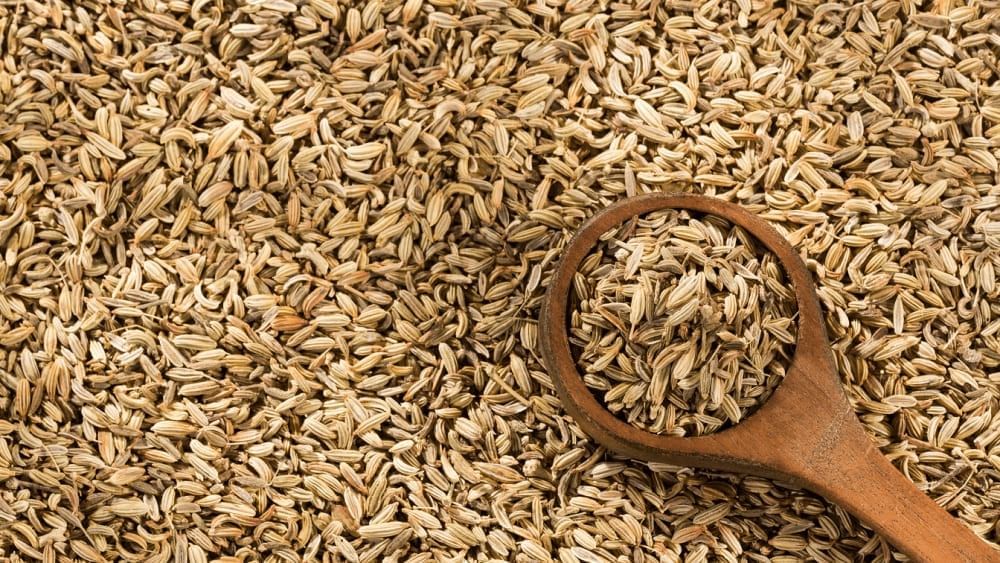Shatapushpa- Benefits, Forms and Precautions
Shatapushpa, commonly known as Dill, is a herb that grows annually and is known for its aromatic leaves and seeds. One uses it as a spice and essential oil.

What is Shatapushpa?
Shatapushpa, commonly known as Dill, is a herb that grows annually and is known for its aromatic leaves and seeds. One uses it as a spice and essential oil. This herb is known to have effects on Vata and Kapha. Ayurvedic Shatapushpa involves the treatment of the Vata and Kapha doshas. In addition, it relieves painful ulcers, abdominal pain, eye diseases, and uterine pain with its antimicrobial, anti-inflammatory, analgesic, antiemetic, anti-convulsive, gastric, and mucosal protective properties. This plant is native to the Mediterranean and Asian regions. You may also come across this plant in certain parts of America, Europe, Germany, Norway, Spain, Greece, Sweden, and Central China.
Benefits of Shatapushpa
Shatapushpa enhances female health
Studies suggest that Shatapushpa helps relieve gynaecological disorders like vaginal dryness, dysmenorrhoea, hypomenorrhea, menopause, uterine fibroids, infertility, and vaginal pain. It helps stimulate and regulate your menstrual flow.
How to use it?
Mix 60 g of the decoction of fresh leaves with a teaspoon of parsley juice. Take this concoction thrice a day to get rid of pain and discomfort during your periods.
Shatapushpa boosts breast milk production
Shatapushpa is a galactagogue. This means that it has properties to increase your breastmilk production. This herb increases the quality and quantity of your breastmilk.
How to use it?
Drink the shatapushpa infusion daily to improve your breastmilk production.
Shatapushpa soothes joint pains
This herb has anti-inflammatory properties that make it an excellent remedy to reduce swelling and pain around your joints.
How to use it?
Boil the leaves in sesame oil and use this as an ointment for local application. Your joint pains will vanish.
Also read: Ayurvedic medicines for female sexual health
Shatapushpa cures urinary complaints
The leaves of this herb act as a stimulant. They help increase your urine production, keeping infections like UTIs at bay. Owing to their antispasmodic properties, they help relieve gastric trouble and improve the functioning of your stomach.
How to use it?
Mix a drop of shatapushpa oil with castor oil and consume this mix. It will reduce your griping pain and relax your internal muscles.
Shatapushpa calms boils and swellings
Shatapushpa has anti-inflammatory and bactericidal properties that help get rid of swellings and boils on your skin.
How to use it?
Mix the leaves into a paste and apply it to your boils. The poultice helps ripen these boils, which eventually burst open. Mix this paste with some turmeric (Haldi) to prevent pus formation in the ulcers.
Shatapushpa manages PCOS
Shatapushpa is known to have curative effects on Polycystic Ovarian Syndrome (PCOS). As per studies, this herb helps regularize your periods and increases the chances of ovulation by improving the growth of the follicles.
How to use it?
Drink an infusion of the leaves in boiled water. You can add any other herb of your choice.
Forms of Shatapushpa
Shatapushpa powder
One can use Shatapushpa seeds in their powdered form. Blitz the roots, and your powder is good to go. One can consume 1-3 grams of this powder daily with water or food.
Shatapushpa seed oil
About 1-3 drops of the seed oil can be used as an essential oil to relax and calm you down. The oil is also used in syrups to boost your digestion. One can use Shatapushpa oil to regularise your menstruation, improve the growth of follicles and thus increase the quality of ovulation.
Shatapushpa churna
The churna is made by blitzing the Shatapushpa herb along with other minerals. One can use Shatapushpa churna to improve digestion.
Shatapushpa paste
Shatapushpa paste is prepared by mixing Dill seeds, licorice, Kushta, Tagara, sandalwood, and ghee. Use this poultice to relieve your headache, backache, and shoulder pain.
Shatapushpa infusion
Boil a handful of the seeds or leaves in water and drink this infusion to increase your quantity of breast milk. This tea also helps boost your appetite and improve your stomach.
Precautions and Side Effects of Shatapushpa
- Excessive use of Shatapushpa can lead to an increase in Pitta.
- You may feel a burning sensation in your stomach after taking an excess of Shatapushpa.
- If you are menstruating, avoid taking this herb during your periods.
References
Dr Divya Pawar, Dr Sameer Gholap (2020) The ROLE OF SHATAPUSHPA IN WOMEN’S LIFE (Ayurline: International Journal of Research in Indian Medicine) http://www.ayurline.in/index.php/ayurline/article/view/350
Krupa D. Patel, Laxmipriya Dei (2012) Effect of Shatapushpa Taila Matra Basti and Pathadi Kwatha on Poly Cystic Ovarian Disease (U.S. National Library of Medicine) https://www.ncbi.nlm.nih.gov/pmc/articles/PMC3611647/

